Making the Right Choice Between Walk-In Showers vs. Step-In Showers
When planning a bathroom remodel, one of the most impactful decisions you’ll make is choosing the type of shower. Your selection can affect not only your daily routine but also your home’s resale value, safety, and style. Among the most popular options are walk-in showers and step-in (standard) showers. While they may sound similar, these two styles offer vastly different benefits depending on your lifestyle and design goals.
In this guide, we’ll break down the key differences, pros, and cons of both options, helping you choose the best shower style for your home and needs.
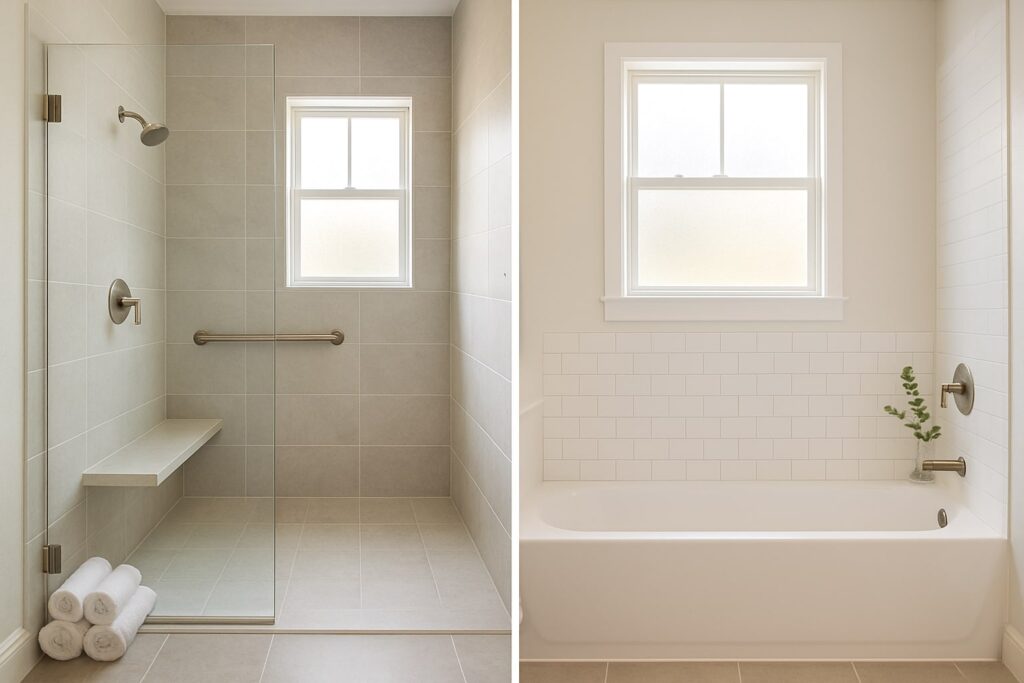
What Is a Walk-In Shower?
A walk-in shower is an open, barrier-free shower that doesn’t require a curtain or door for entry. Some are entirely open, while others include partial glass panels or half-walls. Many modern walk-in showers are curbless or “zero entry,” making them accessible and sleek.
What Is a Step-In Shower?
Step-in showers are traditional enclosed showers that typically include a bathtub or a threshold that you need to step over to enter. They’re surrounded by either a shower curtain or glass doors and offer a familiar, contained bathing experience.
Design & Aesthetic Considerations
When it comes to style and visual impact, both walk-in and step-in showers offer distinct design experiences. Walk-in showers embrace modern minimalism with an open, spa-like feel, while step-in showers provide a more traditional, cozy look that suits many classic homes.
Walk-In Showers – Sleek, Modern, and Minimalist
Pros:
- Creates a clean, open look that visually expands the space
- Ideal for contemporary, spa-inspired bathroom designs
- Works well in both spacious master bathrooms and smaller urban layouts
Cons:
- Minimalist design may not appeal to those who prefer traditional or cozier aesthetics
- May lack visual separation, which some homeowners prefer for structure
Step-In Showers – Classic and Functional
Pros:
- Offers a traditional aesthetic with well-defined enclosures
- Often paired with bathtubs, making them cozy and multi-functional
- A reliable choice for family homes and timeless design themes
Cons:
- Can make the space feel more enclosed or segmented
- Less suited for ultra-modern or minimalist interiors
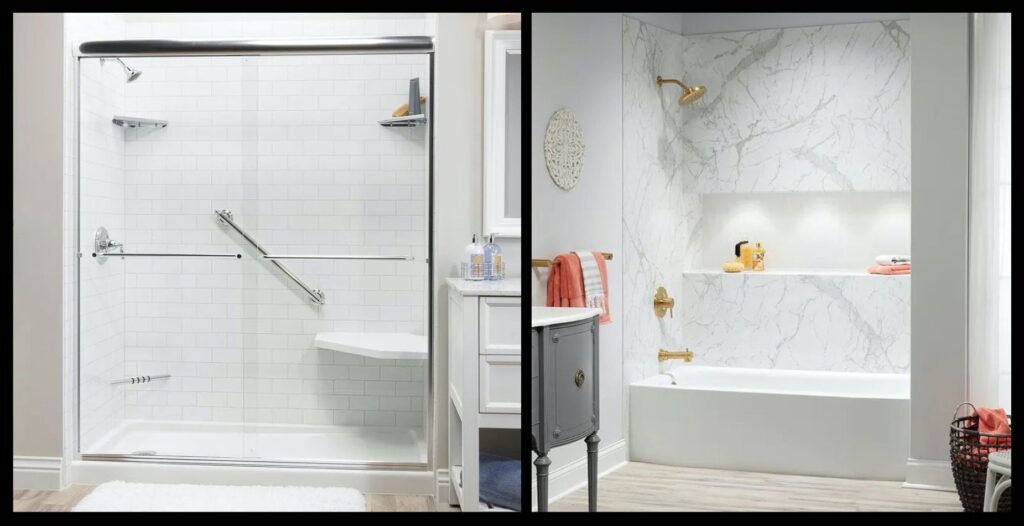
Accessibility & Safety
Your shower should be as safe as it is stylish. Accessibility is a crucial factor, especially for seniors or individuals with limited mobility. Walk-in showers offer barrier-free entry and customization for enhanced safety, while step-in showers present more challenges in this area.
Walk-In Showers
Pros:
- No threshold allows seamless entry—ideal for those with limited mobility
- Supports aging-in-place or accessible bathroom renovations
- Can be fitted with grab bars, benches, and slip-resistant flooring for enhanced safety
Cons:
- May require significant modifications for proper accessibility features
- Open design could be slippery if flooring is not optimized
Step-In Showers
Pros:
- Familiar and comfortable design for most users
- Can include safety features if properly upgraded
Cons:
- Requires stepping over a tub or curb, which can be challenging for seniors or mobility-impaired users
- Higher risk of slips and falls, especially in wet conditions
- Often requires remodeling to improve accessibility
Maintenance & Cleaning
Maintenance is a practical concern that affects both cleanliness and long-term durability. Walk-in showers offer easier upkeep with fewer surfaces and better airflow, while step-in showers tend to require more frequent and detailed cleaning.
Walk-In Showers
Pros:
- Fewer crevices and no shower curtains make them easier to clean
- Tile and glass surfaces reduce the likelihood of mold and mildew
- Open design improves air circulation and reduces dampness
Cons:
- Tile grout still requires periodic maintenance
- Without full enclosures, more frequent floor cleaning outside the shower may be needed
Step-In Showers
Pros:
- Enclosed design helps contain water, limiting external cleanup
- Cleaning routines may already be familiar to most homeowners
Cons:
- Porcelain tubs, curtain tracks, and enclosures collect grime easily
- Mold and mildew are more common, especially on shower curtains
- Cleaning can be time-consuming due to multiple surfaces and corners
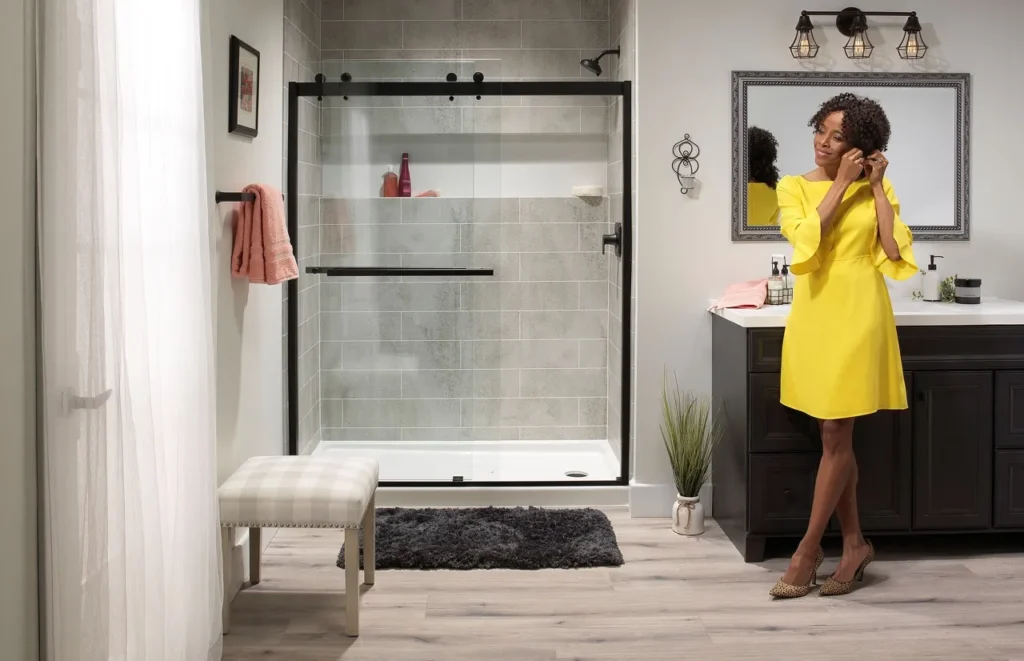
Installation & Cost
Budget and installation requirements often influence whether homeowners choose a walk-in or step-in shower. Walk-in showers typically involve more customization and higher costs, whereas step-in showers are easier to install and more budget-friendly.
Walk-In Showers
Pros:
- A worthwhile long-term investment, particularly for forever homes
- Can be highly customized with smart features, body sprays, and unique layouts
Cons:
- Typically more expensive to install due to design complexity
- May require extensive waterproofing and plumbing work
- Customization raises the overall cost
Step-In Showers
Pros:
- More budget-friendly, especially when working with an existing tub/shower combo
- Easier to retrofit without major remodeling
- Lower upfront cost makes them appealing for rentals or quick updates
Cons:
- May lack the wow factor or luxury feel of walk-in alternatives
- Limited customization compared to walk-in options
Water Containment & Drainage
Managing water flow is essential to prevent leaks and maintain bathroom safety. Walk-in showers require careful planning to avoid water splash, while step-in showers naturally contain water more effectively due to their enclosed design.
Walk-In Showers
Pros:
- Glass panels or low curbs can help contain water while maintaining openness
- Can be designed with proper slope and drain placement for efficient water flow
Cons:
- Open layouts may allow water to splash outside the shower area
- Requires precision during installation to prevent drainage issues
Step-In Showers
Pros:
- Fully enclosed design offers excellent water containment
- Reduces the risk of water damage to the rest of the bathroom
- Ideal for small bathrooms where water control is essential
Cons:
- Steam and moisture can build up inside the enclosure
- May feel humid or confined during longer showers
Ideal Use Cases
| Walk-In Showers | Step-In Showers |
| Modern master suites | Family bathrooms |
| Aging-in-place remodeling | Homes with children or pets |
| Spa-inspired layouts | Budget-conscious upgrades |
| Compact bathrooms that need visual space | Traditional homes or vintage aesthetics |
Resale Value & Buyer Appeal
Walk-in showers are widely regarded as trendy and desirable among modern homebuyers. Their sleek design and luxurious feel can significantly enhance the appeal of upscale or custom homes. However, in households with children or buyers who prioritize a bathtub, the absence of one—often the case in homes with only walk-in showers—can be seen as a drawback, potentially limiting buyer interest.
On the other hand, step-in showers, particularly those that include a built-in bathtub, generally contribute to a higher resale value. These setups appeal to a broader segment of the market, including families with young children who benefit from the functionality of a tub. The traditional and familiar design of step-in showers tends to resonate with a wider range of buyers, making them a safer and more universally accepted choice when considering long-term resale potential.
Walk-In Shower vs. Step-In Shower Comparison
| Feature | Walk-In Showers | Step-In Showers |
| Aesthetic Appeal | Modern, spacious, minimal | Traditional, enclosed |
| Accessibility | High – curbless and open | Low – requires stepping in |
| Cleaning | Easy – minimal surfaces | Challenging – tub and curtain grime |
| Installation Cost | Higher – custom builds | Lower – common and prefab options |
| Water Containment | Moderate – needs slope or barrier | High – enclosed design |
| Child-Friendliness | Low – hard to bathe children | High – built-in tubs ideal |
| Privacy | Low – open concept | High – enclosed or curtained |
| Tech Features | High – multi-nozzle, smart systems | Low – traditional fixtures |
| Versatility | Fits any layout or size | Best for classic setups |
| Resale Impact | Strong if trendy; weaker without tub | Broad appeal, especially with tub |
Which Shower Is Right for You?
Ultimately, the decision between a walk-in and a step-in shower depends on your household’s needs, budget, space, and style preferences. If you’re aiming for a modern, spa-like space, a walk-in shower offers style, luxury, and convenience. If your priority is practicality, privacy, or child-friendly features, a step-in shower with a tub may be the better choice.
Ready to Upgrade Your Bathroom?
If you’re still unsure which shower design is right for your home, consider consulting with a remodeling expert. A professional like Bath Planet of Eastern Michigan can evaluate your bathroom layout, budget, and goals to recommend the best solution for your lifestyle.
Whether you’re stepping in or walking in, let your next shower be a step toward a better, more beautiful bathroom. Contact us today to schedule a free bathroom consultation.

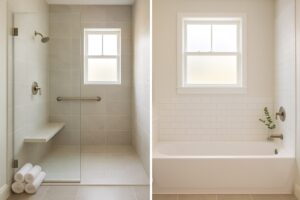
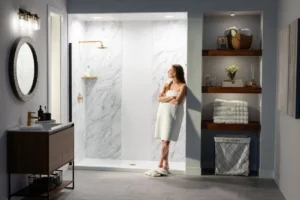
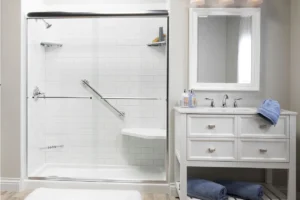
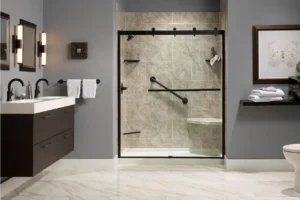
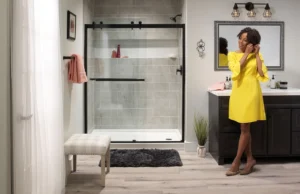
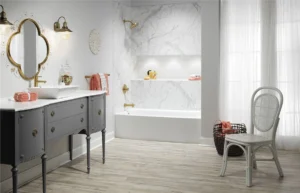
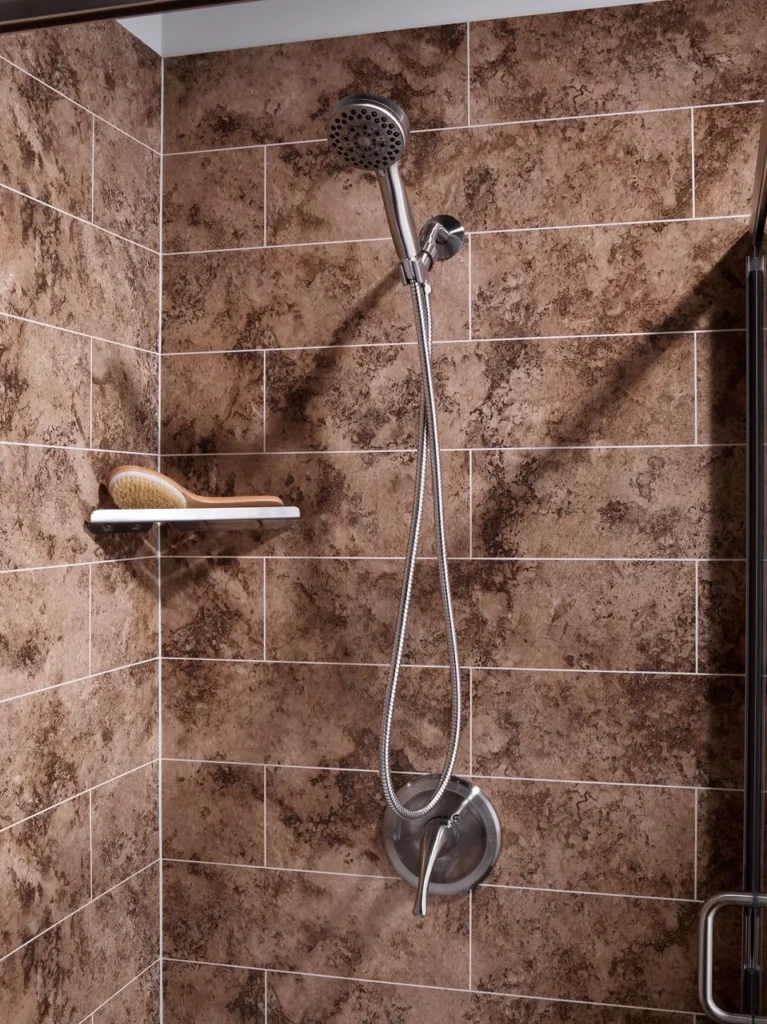


Get your new bath up to 10% off plus 24 months no interest with equal payment*
Offer Details: New orders only. Offer not valid on previous sales or estimates and cannot be combined with other offers. Max Discount is $1000.
Expires on 10/31/25. CBL: 2102182001. Financing Terms: Subject to credit approval with minimum purchase made at initial appointment.
Atlas Home Improvement is neither a broker nor a lender. Financing is provided by third-party lenders unaffiliated with Atlas Home Improvement, under terms and conditions arranged directly between the customer and such lender, all subject to credit requirements and satisfactory completion of finance documents. Interest is billed during the promotional period but is waived if paid in full within the promotional period. 24 month/2 years with Equal payments required. Consult with our design team for more details.